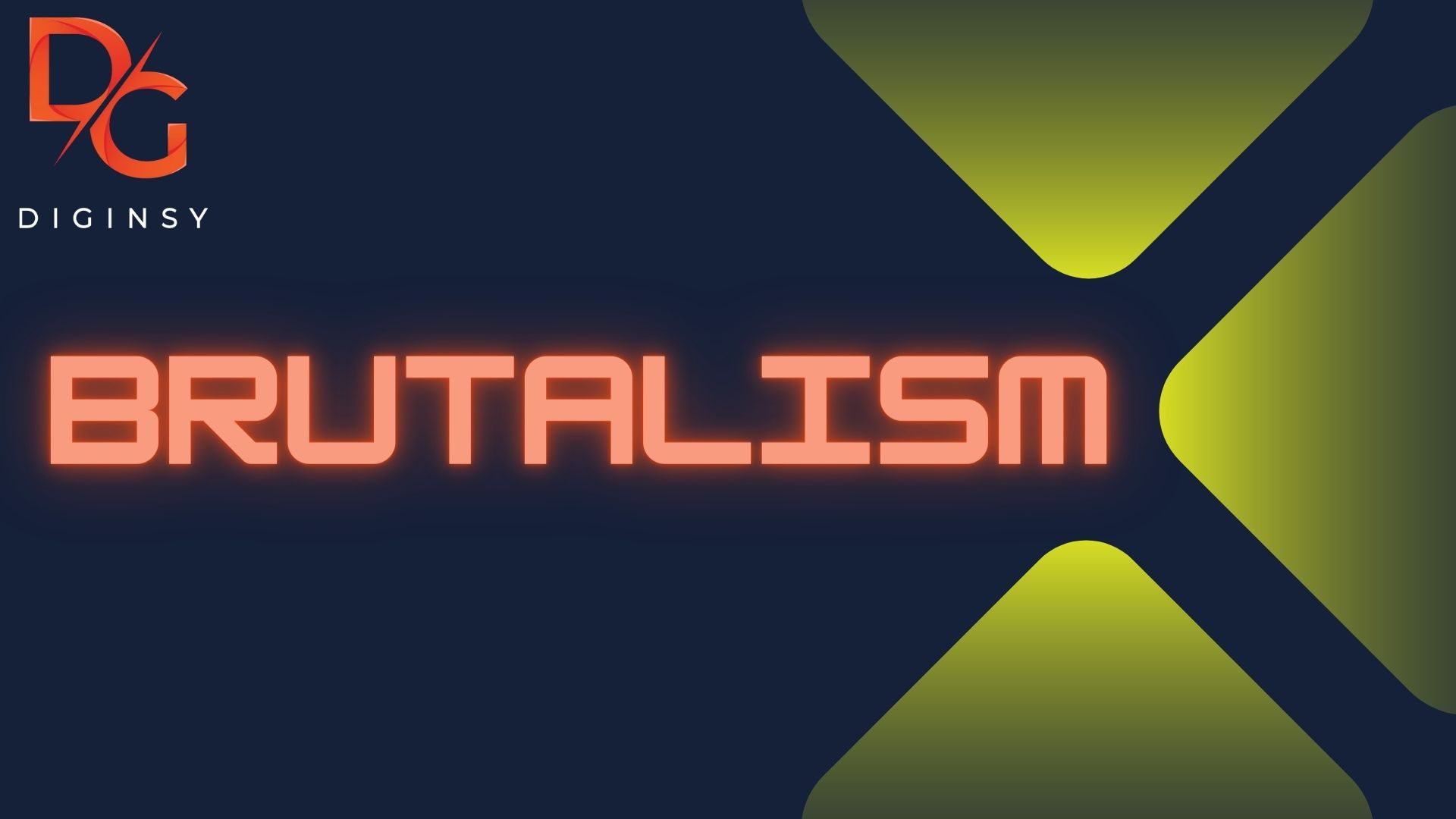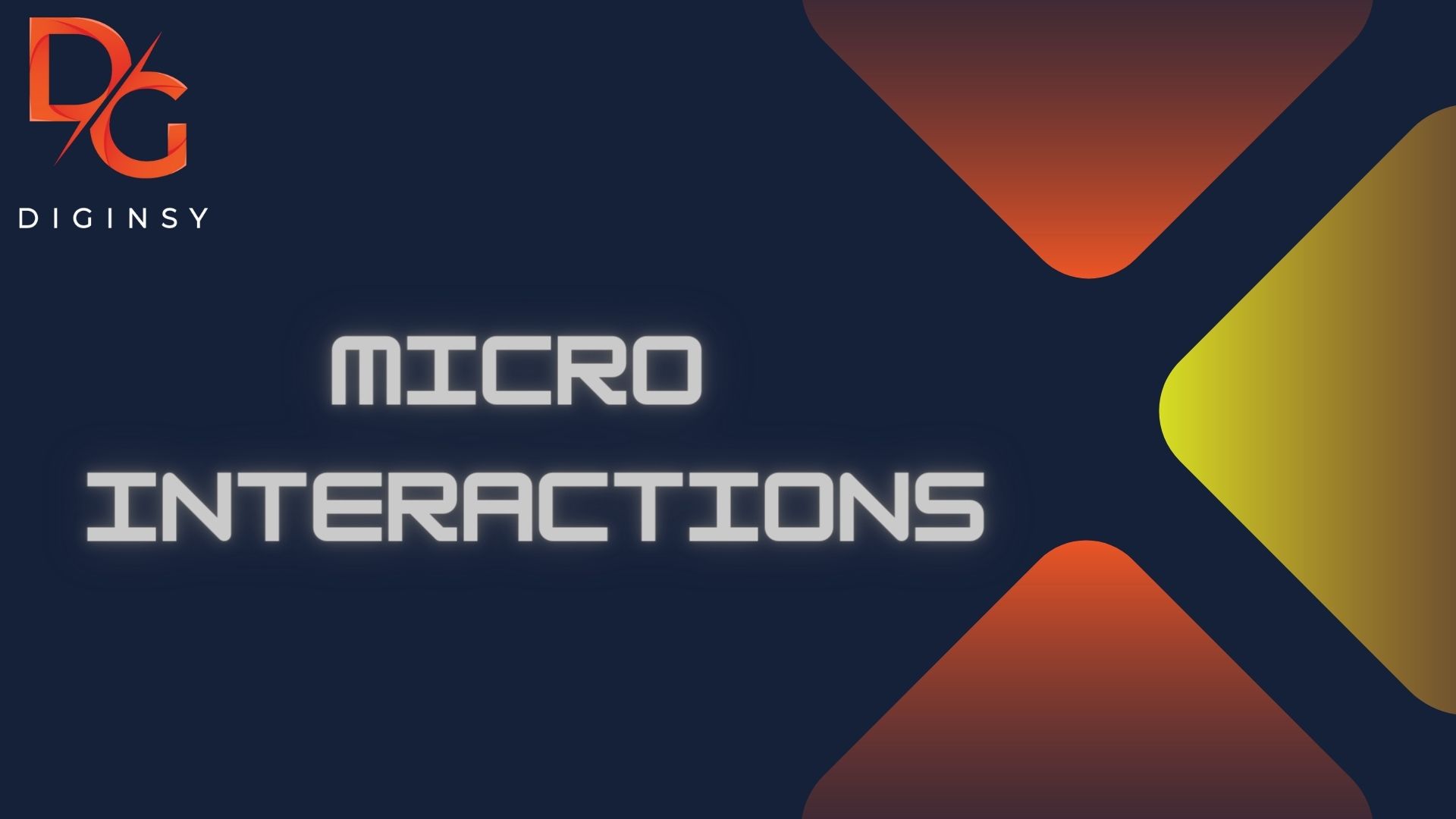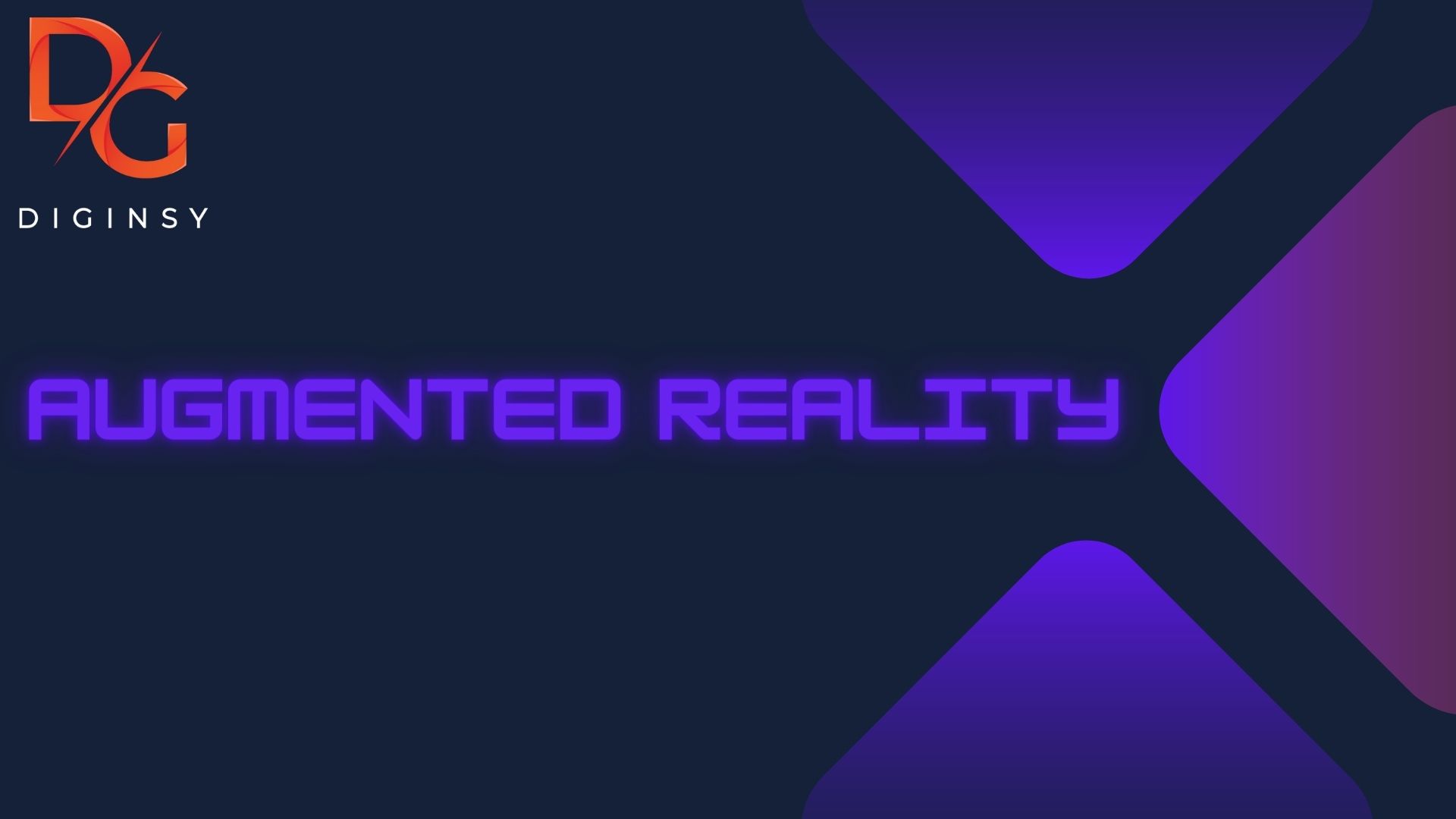The world of UI/UX design is in a constant state of evolution, driven by newer technologies that emerge each day. With the advent of new smartphones, artificial intelligence tools, and virtual assistants, UI/UX designers must stay abreast of the changing needs of the tech market. This dynamic landscape gives rise to various trends in UI/UX design, and even though we are already halfway through 2023, it remains crucial to be aware of these trends to maintain a competitive edge.
Let’s explore some of the latest UI/UX design trends that are worth keeping an eye on this year. This blog will give you ideas to move further in the industry, and I’m sure it will help you understand the new technology, how it works, and how to implement those designs perfectly in your projects.
Why Good UI/UX Design Is Important

In today’s competitive landscape filled with countless apps and websites, having a great UI/UX design is essential to stand out and capture users’ attention. Nowadays, users expect visually pleasing products and demand ease of use and seamless interactions. Failing to meet these expectations can quickly lead users to abandon your product and switch to competitors.
Regarding UI design, striking aesthetics are important, but usability is equally vital. Creating a simple and clean layout is crucial, prominently displaying intuitive buttons for clear actions and utilizing easily recognizable icons to ensure a user-friendly experience. Moreover, your visual elements should align with your brand identity, reinforcing consistency and leaving a lasting impression on users.
However, providing an exceptional user experience extends beyond visual appeal. The UX aspect of your product is equally significant. A top-notch UX guarantees easy navigation, smooth and efficient operations, and fast loading times, regardless of users’ preferences or needs. It is important to prioritize UI and UX elements to create an engaging and satisfying user experience.
Brutalism

Brutalism, a daring design style, contrasts starkly with elegant minimalism. It features massive fonts, vivid colors, and raw graphics, defying traditional norms. For brands with bold and quirky identities, embracing brutalism offers a captivating way to showcase their personality and stand out from the crowd.
The unconventional aesthetics captivate audiences, leaving a lasting impression. By incorporating brutalist elements in designs, such as websites or marketing materials, brands can infuse rebellious energy and break away from the ordinary. The style’s creative freedom lets designers experiment and take risks, crafting a refreshingly unique visual identity that resonates with audiences seeking something extraordinary.
Personalization

The importance of personalization in user satisfaction cannot be overstated, as studies reveal that 73% of users find non-personalized website content frustrating. In today’s era of abundant data, designers have various resources to deliver tailored user experiences, leaving no excuse for generic content.
This holds particularly true for e-commerce sites, social apps, and entertainment platforms, where users actively seek recommendations that align with their unique tastes and preferences. For example, in a music app, users expect to discover songs that closely match their musical interests, enhancing their overall experience.
To stay competitive and relevant in the digital landscape, prioritizing personalization is crucial. By harnessing user data and preferences, designers can create experiences that deeply resonate with individual users, leading to higher engagement and loyalty. Offering customized content and recommendations fulfills users’ desires and fosters more meaningful interactions, greater user retention, and overall satisfaction. Embracing personalization has become essential to adopt a user-centric approach and gaining a competitive edge in the ever-evolving design field.
Micro Interactions

Micro-interactions are a delightful and engaging design feature that adds interactivity and a touch of playfulness to user experiences. By incorporating small yet captivating animations and actions, like a like icon popping up or animated text on a website or app, we can truly enhance user enjoyment and boost engagement levels.
Rather than sticking to static elements, these moving and popping micro-interactions bring a fresh and dynamic vibe to the interface. For example, when a user clicks on a like icon, observing it react and come to life can heighten visual appeal and create a more enjoyable experience. These subtle animations infuse life and vitality into the overall user interface.
But micro-interactions aren’t only about entertainment; they also serve as essential visual cues that help guide users throughout their interactions. Let’s take an online store, for instance. When we see a spinning circle animation while waiting for product information to load, it signifies the retrieval of data and the importance of being patient. This simple addition keeps users informed and engaged, minimizing potential frustration or confusion.
By thoughtfully incorporating micro-interactions into the design, we can elevate our digital products’ usability and attractiveness. Playful and informative animations keep users engaged and contribute to a positive overall user experience, leaving a lasting impression on users.
Dark Themes

Dark themes have gained immense popularity, not only in smartphone apps but also in a wide range of websites and web products. Initially, dark modes were introduced to alleviate eye strain caused by reading on bright backgrounds. However, they have now transcended their practical purpose.
In recent times, these dark themes have taken a bolder approach, embracing even darker shades to provide visual comfort and create an edgy and captivating atmosphere. Designers are leveraging the power of dark backgrounds to highlight specific design elements, exuding a sense of sophistication and elevating the overall user experience.
The versatility and appeal of dark modes have solidified their position as a preferred option, catering to users’ preferences while adding a touch of aesthetic elegance to both mobile applications and websites. This growing trend demonstrates that dark themes have become more than just a functional solution—they have become an influential design element that enhances visual appeal and user engagement.
Augmented Reality (AR)

AR (Augmented Reality) is increasingly prevalent in UI/UX design, particularly in e-commerce and gaming applications. AR enhances immersion and interactivity by enabling users to interact with digital objects in the real world. However, designers must ensure that AR elements are intuitive and user-friendly while also being cautious to avoid causing discomfort or nausea.
Conducting extensive user research and testing is crucial to incorporate AR into a platform. Understanding user personas, preferences, and desires concerning AR technology will lead to more successful integration.
Although AR is a prominent UI trend in 2023, it should not be forced into applications solely for novelty or marketing buzz. Instead, its implementation should enhance the overall service or product. If AR does not add value, it should be eliminated from the design. By thoughtfully and strategically integrating AR, designers can deliver exceptional user experiences that captivate and delight users while offering genuine value and purpose.
Immersive Scrolling

We’re thrilled to share our final trend from the list: Immersive Scrolling. This captivating UX trend breaks from conventional vertical scrolling, bringing a new level of visual appeal and enjoyment to user interactions. With Immersive Scrolling, you can now scroll left and right, offering an exciting 360° view experience. It’s a unique approach that entices users to engage and explore the content provided, immersing them deeper into the website or app.
The magic of Immersive Scrolling lies in its ability to hold users’ attention for longer periods, providing a sense of excitement and discovery. By embracing this trend, you’re setting your platform apart and creating a delightful user experience that will leave a lasting impression. Its dynamic nature enhances engagement and encourages users to return for more thrilling interactions, making it an excellent addition to any modern design strategy.









